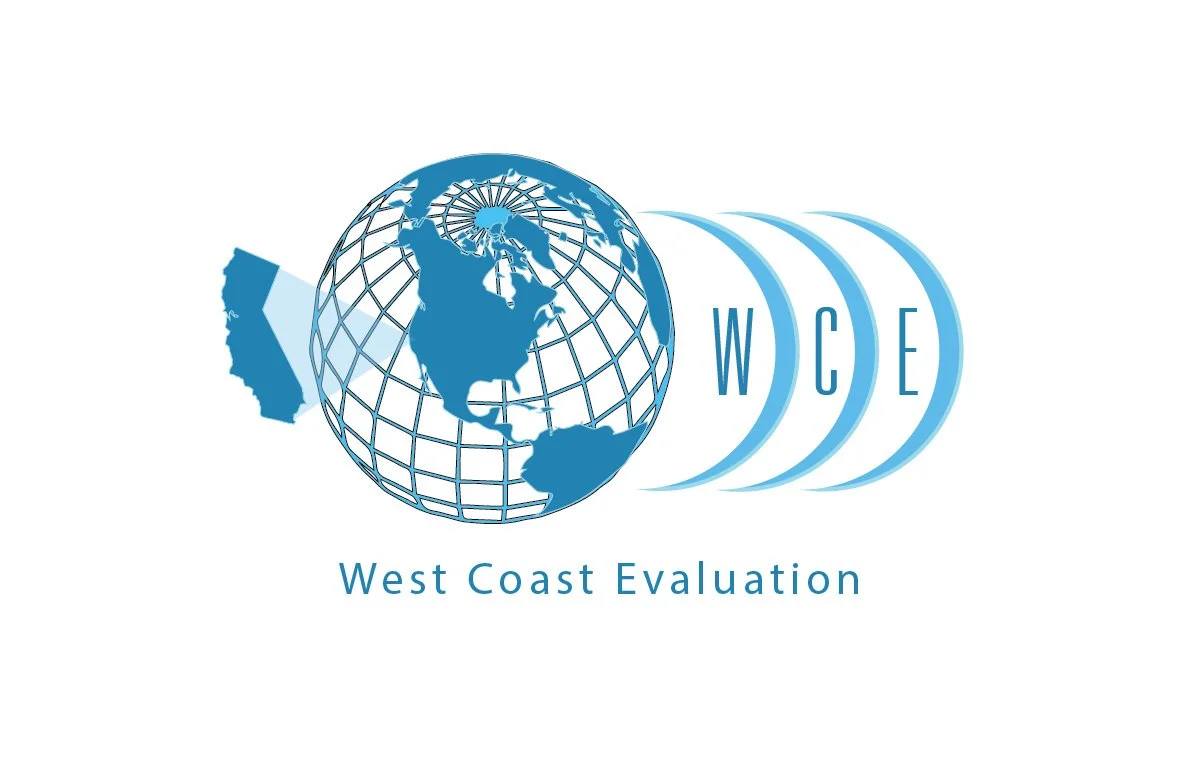San Pedro Commercial Property: Unearthing Hidden Value for Appraisers
Modern upgrades and smart documentation reveal the hidden goldmines that drive higher commercial property appraisals in San Pedro.
"Beyond the Obvious: Unearthing San Pedro's Commercial Property Goldmines (What Your Appraiser Really Cares About!)" by West Coast Evaluation
This blog post emphasizes that commercial property value in San Pedro is determined by more than just location and square footage. Experienced appraisers focus on income-generating potential, sustainability, and future-proofing, identifying "hidden goldmines" that significantly impact a property's worth. San Pedro is highlighted as a booming market with investor interest, low inventory (properties selling in under 40 days), and attractive cap rates around 5.5-6%.
I. The Appraisal Process and San Pedro's Market Dynamics
Commercial Property Appraisal: Defined as a rigorous, objective, data-driven process that assesses a property's income-generating ability, strengths, and resilience. It is crucial for buyers, sellers, lenders, and investors.
Historical Context: The 1980s savings & loan crisis led to the formalization of appraisal standards through USPAP (Uniform Standards of Professional Appraisal Practice) and FIRREA (Financial Institutions Reform, Recovery, and Enforcement Act). California's BREA (Bureau of Real Estate Appraisers) governs licensed professionals.
Appraisal Methods: Appraisers utilize a combination of the Sales Comparison Approach, the Income Capitalization Approach (critical for income-producing properties), and the Cost Approach to determine value.
San Pedro's Market: Characterized by strong investor sentiment, driven by developments like the West Harbor redevelopment (completion 2026), significant residential growth (5,000 new units), and the anticipated impact of the 2028 Olympics (projected 20-30% property value surge).
II. Five "Hidden Goldmines" Valued by Appraisers
Upgraded Building Systems (HVAC, Electrical, Plumbing):
Impact on NOI: Modern, energy-efficient systems reduce operating costs (heating/AC can be ~30% of energy consumption), directly increasing Net Operating Income (NOI).
Financial Incentives: Federal tax deductions (Section 179D), Investment Tax Credits (ITC for solar), and state/local programs like PACE are factored into valuations.
Tenant Attraction: Well-maintained, sustainable systems attract high-quality tenants willing to pay premium rents, reducing vacancies and solidifying income.
Historical & Regulatory Context: Building design has evolved with HVAC, and California's stringent energy codes define "modern" efficiency.
Owner's Tip: Maintain meticulous records of all system upgrades, receipts, and maintenance logs.
Flexible Zoning & Permitted Uses:
Unlocking Potential: Zoning and permitted uses determine what a property *could be*, driving appreciation.
San Pedro's Transformation: Driven by the San Pedro Zoning Code Update, 2017 Community Plan, and One San Pedro Specific Plan, enabling mixed-use, higher density projects.
Lender/Buyer Appeal: Flexible use permissions facilitate adaptive reuse (commercial to residential, or vice versa).
West Harbor Impact: Properties zoned for higher intensity uses near West Harbor are poised for significant appreciation due to increased tourism, commerce, and residential demand.
Historical & Regulatory Context: Zoning laws have historically shaped cities. California's Proposition 13 impacts long-term investment strategies due to property tax limitations.
Owner's Tip: Investigate local zoning updates and development possibilities; consult experts to understand true potential.
Recent Capital Improvements:
Visible Investment: Signals quality, reduces future liabilities, and enhances appeal.
Benefits: Modern surveillance, access control, and lighting improve security and tenant attraction. Upgraded parking (covered, solar) can increase rental income.
ADA Compliance: Expands tenant pool, reduces legal risks, and can unlock tax credits.
New Roof: Represents longevity, curb appeal, and avoidance of costly maintenance.
Appraisal Quantification: Appraisers use Sales Comparison, Cost, and Income Capitalization approaches to quantify improvements' impact.
Owner's Tip: Document all capital improvements with dates, costs, and contractors.
Tenant Stability & Strong Leases:
Predictable Income: Reliable, long-term tenants provide consistent rental income, minimize vacancies, and reduce turnover costs, leading to a healthy NOI.
Escalation Clauses: Ensure steady NOI increases over time, buffering against inflation and market fluctuations.
Risk Reduction: Stable income streams lower perceived risk, leading to lower capitalization rates and higher property valuations. A $10,000 NOI increase can significantly boost worth.
Local Regulations: San Pedro, as part of Los Angeles, is subject to rent control (RSO, AB 1482) and new SB 1103 for small commercial tenants (effective January 2025), which appraisers must consider for future income projections.
Owner's Tip: Prioritize tenant retention, seek creditworthy tenants, and craft robust lease agreements.
Organized Records & Compliance:
Transparency & Verification: Meticulously organized records demonstrate proactive management and responsible ownership.
Maintenance Logs: Provide a history of upkeep, mitigating concerns about deferred maintenance.
Permit Files: Prove renovations meet code requirements; unpermitted work is a significant risk.
Inspection Reports: Identify potential risks early, positively impacting loan approvals and insurance premiums.
Digital Receipts: Serve as tangible proof of investment, supporting warranty claims and providing accessible data.
Benefits: Minimize legal liabilities, ensure safety compliance, and potentially lower insurance costs.
Owner's Tip: Embrace digital record-keeping for a centralized, accessible repository of all property-related information.
III. The Future of Valuation: Challenges, AI, and San Pedro's Outlook
Human Element: Subjectivity, experience, and local knowledge remain vital, especially when finding comparable sales for unique San Pedro properties. The "go dark" appraisal debate (valuing specialized, occupied properties as vacant) is contentious.
AI Revolution:
AVMs (Automated Valuation Models): Increasingly used in commercial real estate for speed and initial valuations, with new federal rules (effective 2025) mandating quality standards for AVMs in mortgage loans.
Forecasting: AI algorithms can analyze trends to forecast future values.
Data Analysis: NLP and computer vision extract insights from leases and property data.
Blockchain: Holds potential for secure, transparent property records.
Regulatory & Ethical Considerations: Oversight for AI, addressing bias and discrimination in algorithms, and ensuring data privacy are critical.
San Pedro's AI Outlook: Local appraisers are expected to increasingly adopt AI tools to complement their local expertise in this dynamic market.
Conclusion: Understanding what appraisers value—from modernized systems to meticulous records—allows property owners to leverage "hidden goldmines" to maximize their San Pedro property's worth. West Coast Evaluation offers appraisal and consultation services to help owners unlock this potential.



